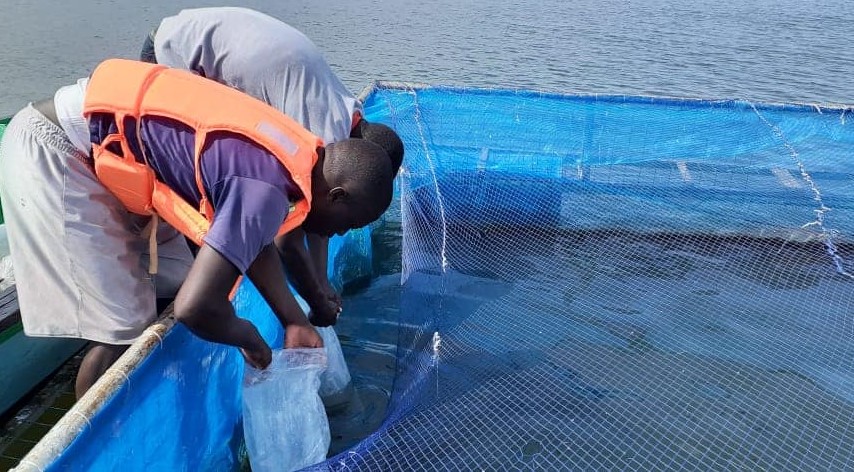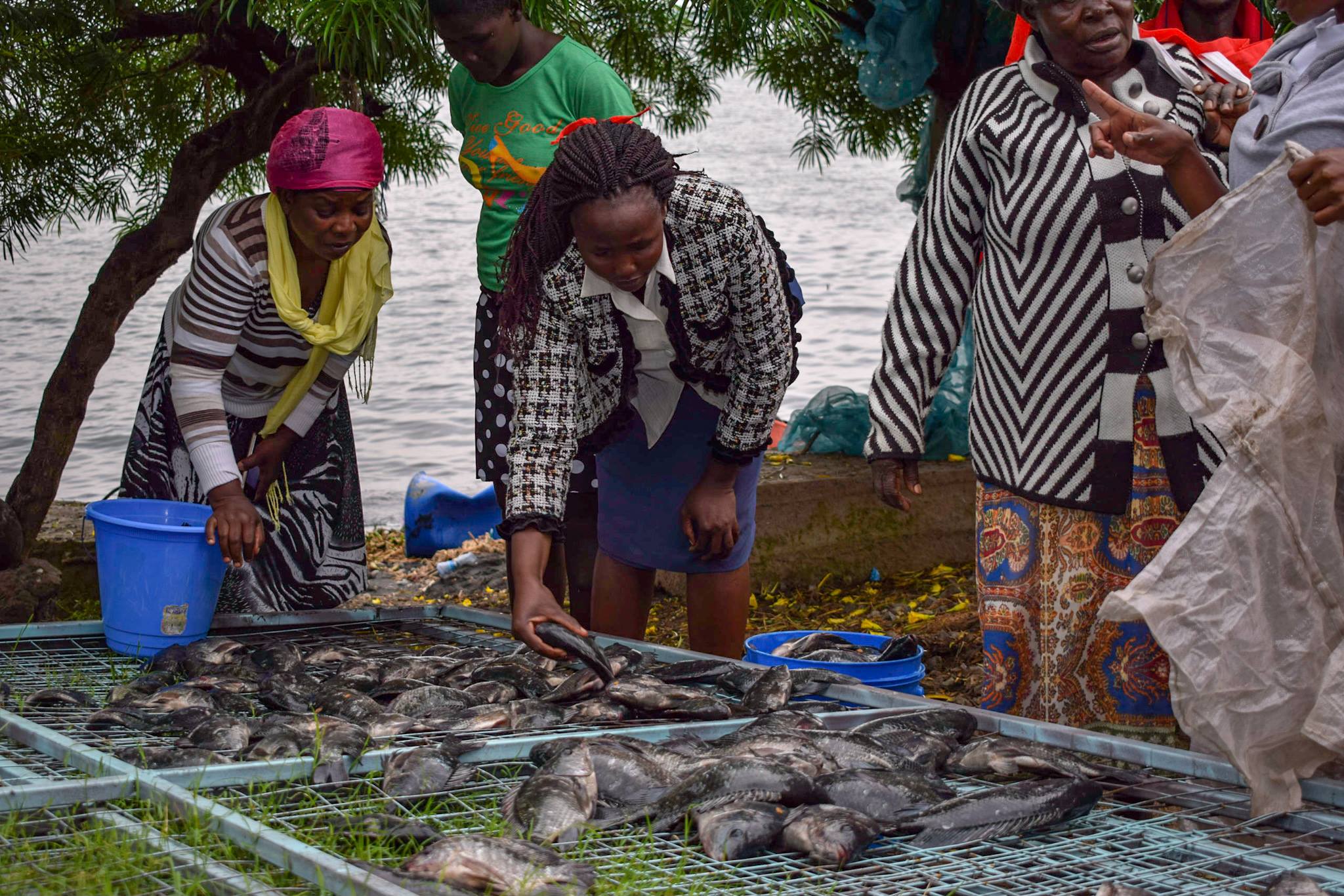|
Getting your Trinity Audio player ready...
|
By Lilian Museka
Nairobi, Kenya: Kenya’s annual fish production capacity is 150,000 tonnes with a per capita consumption of 3.03 kgs in 2018 versus local annual demand of 500,000 and Africa’s average per capita of 9.7 kg according to the Food and Agriculture Organization (FAO).
This is attributed to the low production which is caused by poor extension services, lack of affordable quality fish inputs, and poor marketing. Other reasons include lack of an organized market system for fish farmers causing the fish to remain with the farmer even when they are mature and ready for harvest leading to farmers to suffer great post-harvest losses.
Despite the fisheries and aquaculture sector contributing approximately 0.54 percent to the country’s GDP as of 2013, fish traders face a number of challenges that require immediate interventions to increase fish production say Ms. Angela Odero, director and co-founder at Rio Fish.
Rio Fish is a social enterprise providing sustainable livelihoods and increasing food security through strengthening market systems around aquaculture in Lake Victoria. Through practicing aquaculture, Rio Fish is providing a consistent supply of nutrient-rich fish as well as stable livelihoods for fish farmers.

Formed in 2018 Rio Fish uses a mobile app that links the fish value chain stakeholders connecting farmers with consumers to help farmers better manage their farms and gain market access to their product.
We use the app because we realize technology monitors the growth of fish over time and this has enhanced production through aquaculture technology. We also link farmers to inputs and also collecting data that allows them to monitor their environment and feed correctly thereby allowing for precision farming that helps avoid wastage,” says Angela.
With an annual production capacity of 168 tonnes, so far, Rio Fish is working with over 500 farmers and traders to offer a sustainable and organized marketplace for fish that encourages fish farming thereby boosting the production of fish and also empowering women and youth.
Communities around Lake Victoria mostly rely on fish from the Lake and with the decreasing supply, Rio Fish has ventured into aquaculture to consistently provide fish.
Rio Fish also links women fish farmers with economic opportunities as women have been most affected by the reduced supplies of wild-caught fish.
“We mostly work closely with the women and youth on fish farming for their economic empowerment, dignity at work by eliminating sex for fish vice and improving food security, as we have realized this is a vice that is increasingly affecting them,” says Angela adding that Sex for fish locally known as ‘jaboya’ is on the rise due to the scarcity of fish and poverty levels in the region and this has increased the rates of HIV infections.
With the app, Rio Fish has helped reduce the vice by directly connecting the traders to the farmers thereby creating an online marketplace where the information is freely available to all the players creating an efficient marketplace for fish.
There are three parts to the system- an app, a sensor for data collection, and a database of fish value chain stakeholders.

The app is designed for farmers to be able to collect and input relevant data on a daily basis and use the data for precision farming. The digital thermometer connects by Sigfox technology to the app to give feed recommendations based on water temperature. The farmers can then track these indicators and receive personalized recommendations for the feeding amounts and schedule for their fish.
In terms of helping their members access quick markets and address market gaps, the app provides an efficient market where information is readily available and there is transparency.
With ready fish from owned cages and aggregation from partner farms, the organization ensures a consistent supply of fish from its members to traders in market areas.

Angela admits that there is increased demand for fresh fish. Freshwater fishing represents the most considerable portion of fish output comprising 84% of the total production in 2018, with marine fishing representing 16% according to the Kenya National Bureau of Statistics.
“Lake Victoria contributes 79% of freshwater fish and fish farming at 12%. The quantity of fish has however been declining over the years recording a 24% reduction from 2014-2018, occasioned by overfishing, pollution, and increased spread of the water hyacinth weed. We, therefore, call for the government to intervene to ensure there is controlled fishing while using proper equipment,” she adds
During Covid 19, and with the health regulations in place, the organization was however severely affected as the measurers slowed down the uptake of fish leaving plenty of overgrown fish with no market. However, Angela reports that when the lockdown was eased, the market picked up very fast and uptake has been very good with consumers keener on healthy eating lifestyles. “White meat is increasingly popular and import of fish from China slowed down and demand for our fish has risen” she adds.
Rio Fish has and continues to work to ensure that all their aquaculture equipment, feed, and feeding practices do not harm the natural ecosystem of Lake Victoria. They have advocated protecting the environment around Lake Victoria through building strong relationships with the local government.
Rio Fish is currently constructing a market in Kisumu central that is expected to serve over one million consumers.
“We envision a future where every citizen has access to fish through Rio Fish Farm which is currently developing a model to scale around Kenya to provide a consistent supply of high-quality fish for Kenya’s population and support sustainable livelihoods and increase food security in the region,” Angela concludes.














